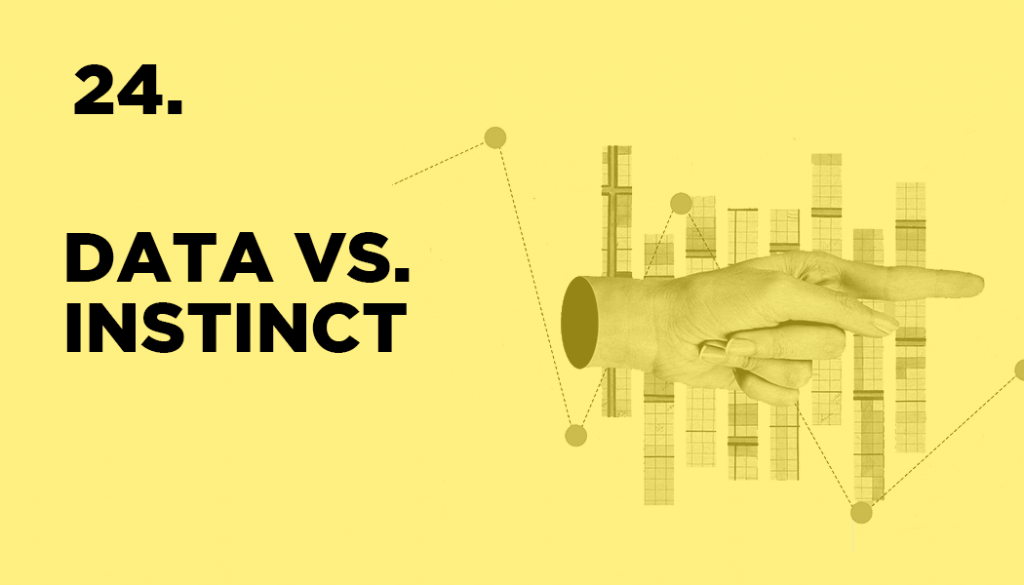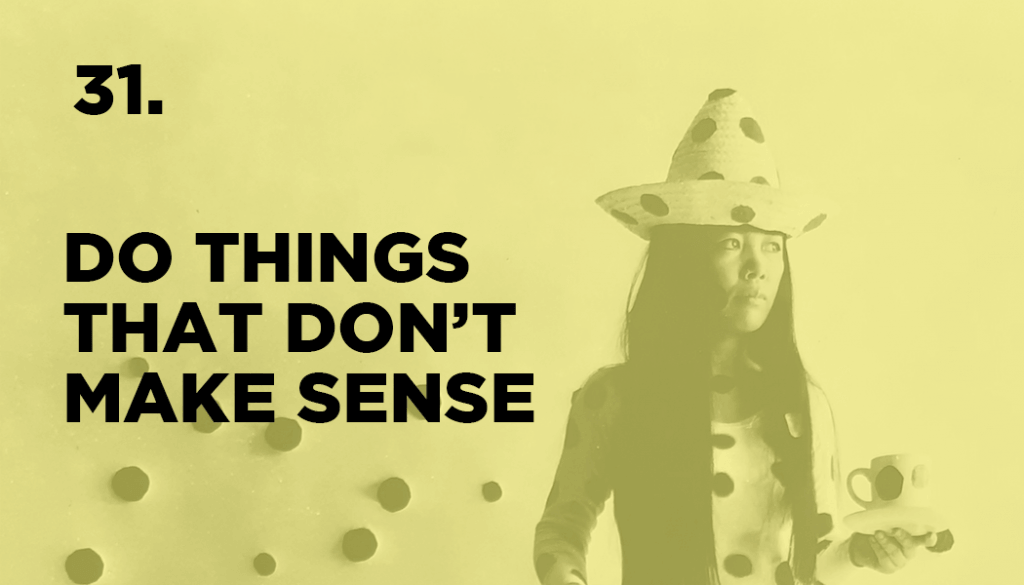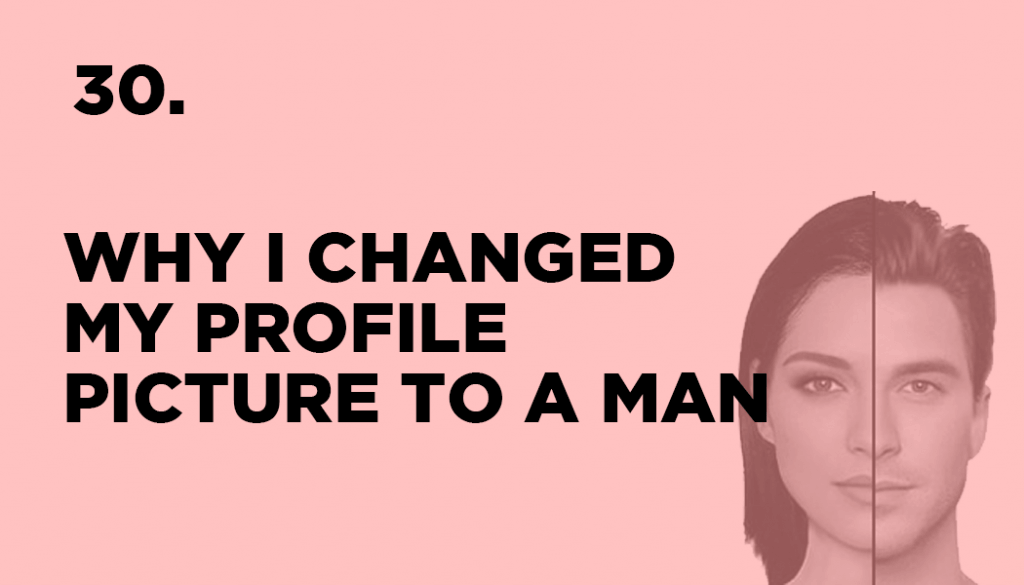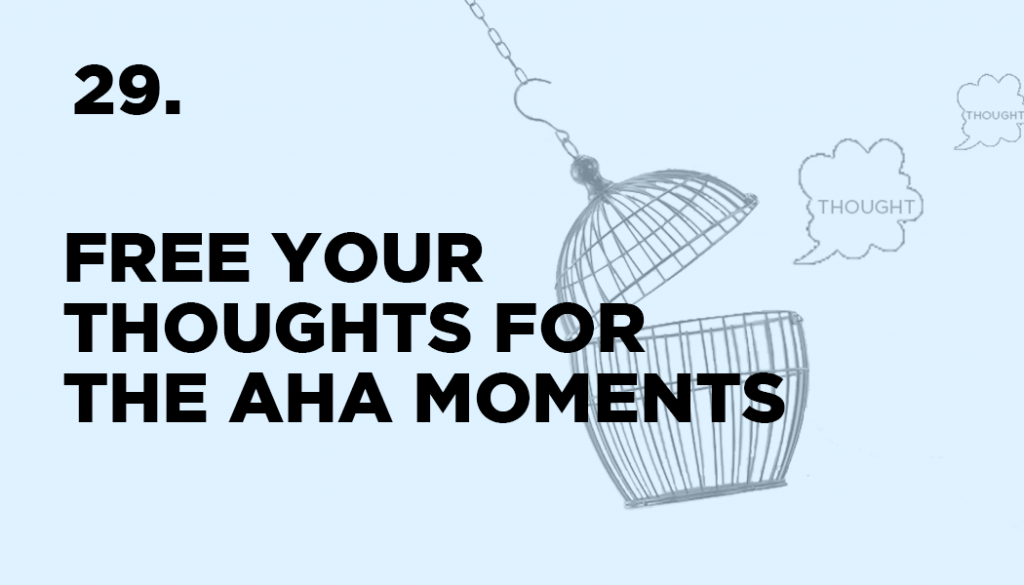The current state of product development has moved from data-driven to data-informed. We have gone from relying on data to direct all our decisions to using data to guide us.
This ‘blink of an eye’ moment — which Malcolm Gladwell points out in his book titled ‘Blink’ — is a survival instinct. You hear expert comments like ‘this doesn’t feel good’ or ‘I don’t like how it looks’ and often find yourself bewildered at their lack of sound reasoning, yet they are more than often right.
Hacker Noon
The traditional systems of dealing with data involve creating a hypothesis and analyzing the data to prove or disprove it. For example, we could hypothesize that ‘only about 5% of data is in a structured format’ and go on to sift through a sample dataset to prove or disprove this claim.
On the other hand, Big Data analysis, in most cases, does not begin with a hypothesis. It is similar to looking into a crystal ball, where you ask the dataset a question and see the story it tells you. It will always answer based on the questions asked. Therefore, it is being constrained by the questions asked, and you do not see more than the constraints you have placed on it. The stories presented are often in the form of correlations; therefore, it is always a probability, never a certainty.
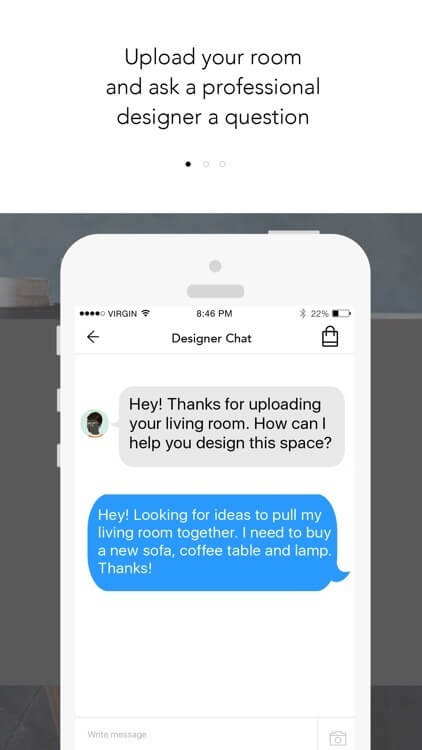
When building Roomhints, we found that there was always more to the picture that we needed to consider.
What is The Data Not Saying and Your Instinct is Saying?
At Roomhints, the earliest application we built was a computer vision-based search engine (think Pinterest image search) for finding products for the home. The data displayed that users used this search engine the most out of all the features. But this one piece of data said that 0.1% percent of users were touching a button saying “ask a designer.” This button was very hidden within this version of the app and still was getting traction. Even though the data around this “ask a designer” button was small, it was significant.
The search data is expected to be high as it was the first action the user could take when opening the app. If we solely based the development of the product on the data – Roomhints would have continued to build a search engine for photos, and we all know how much we love/hate that feature within Pinterest. People never find precisely what is in the original picture.
We trusted our instincts that this piece of data about “ask a designer” was essential and converted the app to a chat application to ask questions to a designer. User retention increased by 3x and conversions by 10x.
We also found that this was the case for customer surveys. Like the Ford statement, “If I asked my customers what they wanted, they would say a faster horse.” Customers can only see what is presented in front of them and not the big picture.

